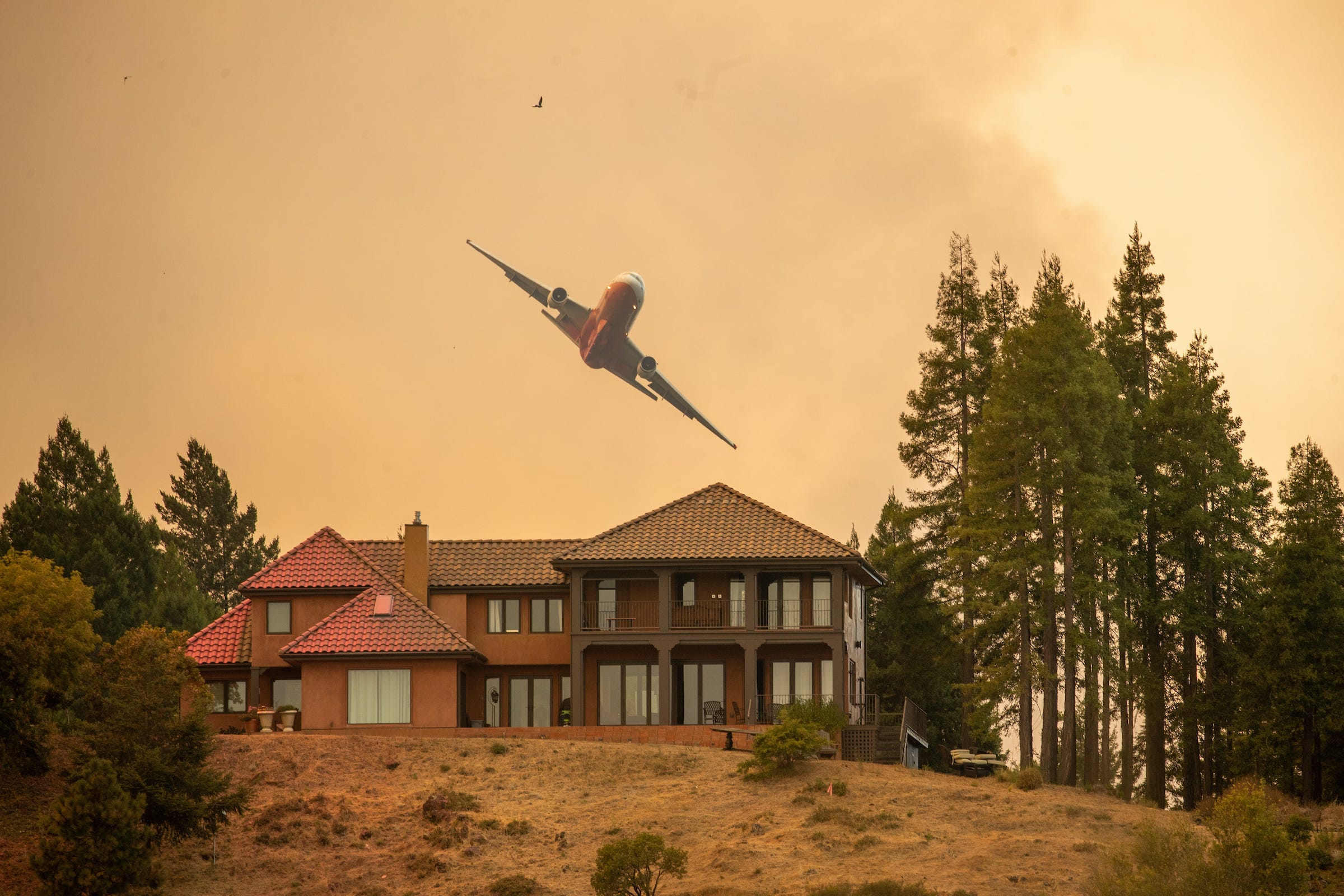
As I write this in Marina, California, the distant whir of helicopters carrying payloads of water and fire retardant are audible. The Central Coast of California is currently in the midst of a wildfire crisis, which has thrown communities into chaos and uncertainty. It’s a difficult and scary situation, and one that has forced me to learn and adapt on a daily basis to this terrifying new way of life.
The current wildfires on the Central Coast in Santa Cruz and Monterey counties have already burned tens of thousands of acres with no end currently in sight. Bone-dry conditions have turned vegetation and forests into vast tracts of tinder, while numerous lightning strikes and even arson have created the deadly sparks down in Big Sur.
So far, I have been much more fortunate than many of my neighbors; some as close as five or six miles away have been affected. Nestled in between the River Fire and the Carmel Fire, thousands have been required to evacuate, and scores have seen their homes and property burned. Fires have gotten close enough, just a few miles, that they were able to be seen from my home at times, but they have not yet encroached enough to require my fiancé and I to leave. We have not received any evacuation warnings, but the entire area has been under official advisement to be prepared at any moment to leave if the need arises. Nevertheless, it’s all very disconcerting. The sky has rained ashes for days, leaving a film on all outdoor surfaces every morning. The acrid smell of fire lingers in the air and is strong enough to permeate inside closed buildings.
Daily life changed in a flash because of the fires. Instead of having to primarily worry about Covid-19 and how to safely live in the midst of a pandemic, a whole new hazard injected itself without warning.
Sign up for The Bold Italic newsletter to get the best of the Bay Area in your inbox every week.
Over the past week new routines include religiously checking air quality scores. Good air quality is anywhere between a zero and 50. Anything over 200 is unhealthy for everyone, and over 300 is considered hazardous. We have been in the 200s and 300s for much of the past week, making wearing a mask a requirement whenever outside regardless of social distancing.
In an attempt to be as safe as possible, it’s been of the utmost importance to regularly check online for updates and follow the litany of news reports. I’ve learned that it’s important to park your car with the nose facing the road in the event you have to evacuate at a literal moment’s notice. There has also been the packing of bug-out bags, making sure that the necessities are there, for humans and for pets, but not so many things as to unnecessarily weigh us down. There is something very surreal about having a conversation about what belongings you believe are reasonable and necessary to flee with and others that you admit out loud must be left behind to be potentially destroyed.
Seeing so many people who have been displaced struggle to find so much as a safe parking lot to sleep in their cars or shelters to bring their families has been eye-opening. I feel that if I was forced to evacuate, I would have options of places to go, but I know so many aren’t that fortunate.
Through it all, there has been something strangely liberating about having something besides the pandemic to worry about for a change. Don’t get me wrong, I’d rather have nothing to worry about, but the change of pace, no matter how terrifying, has felt bizarrely refreshing. I don’t expect that feeling to last.
I just checked the air quality score for about the eighth time today. It’s 221, which is very unhealthy and yet a major improvement over the past couple of days. The news has indicated that the fires continue to rage with no significant containment and forecasts of significant lightning strikes this week.
I don’t know how or when this will end. I just continue to learn every day and absorb the awful reality of the situation around me and yearn for a return to normalcy.







